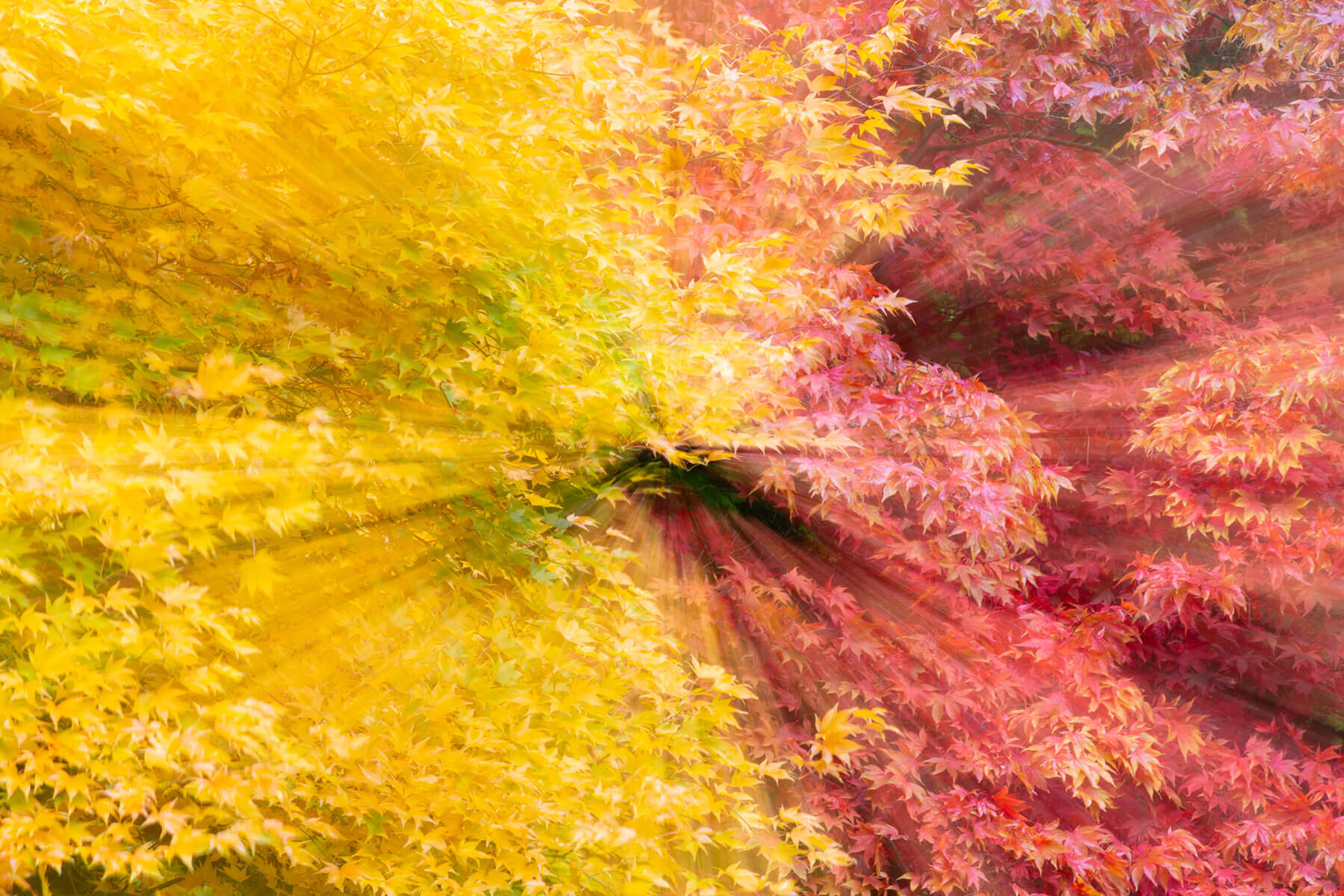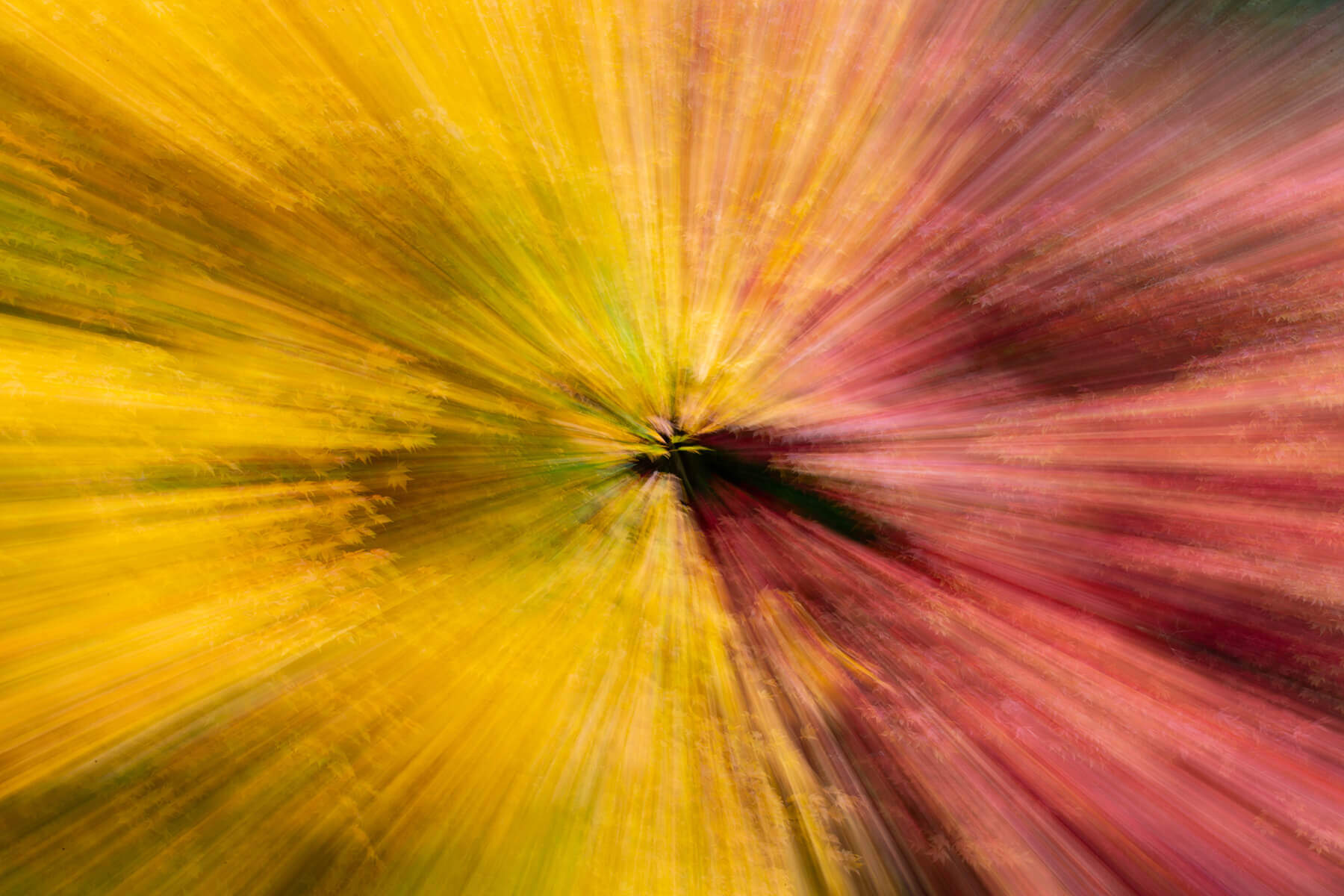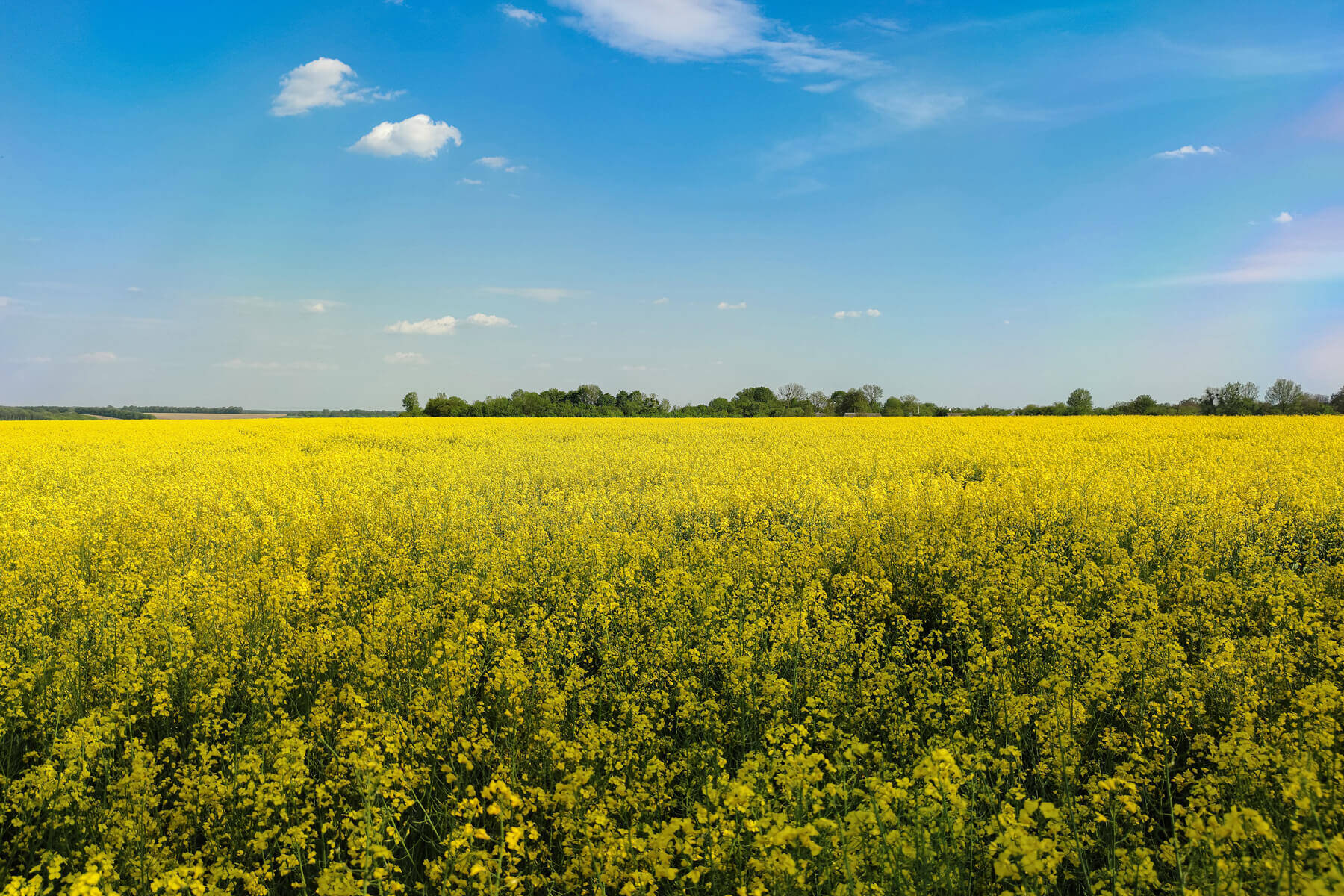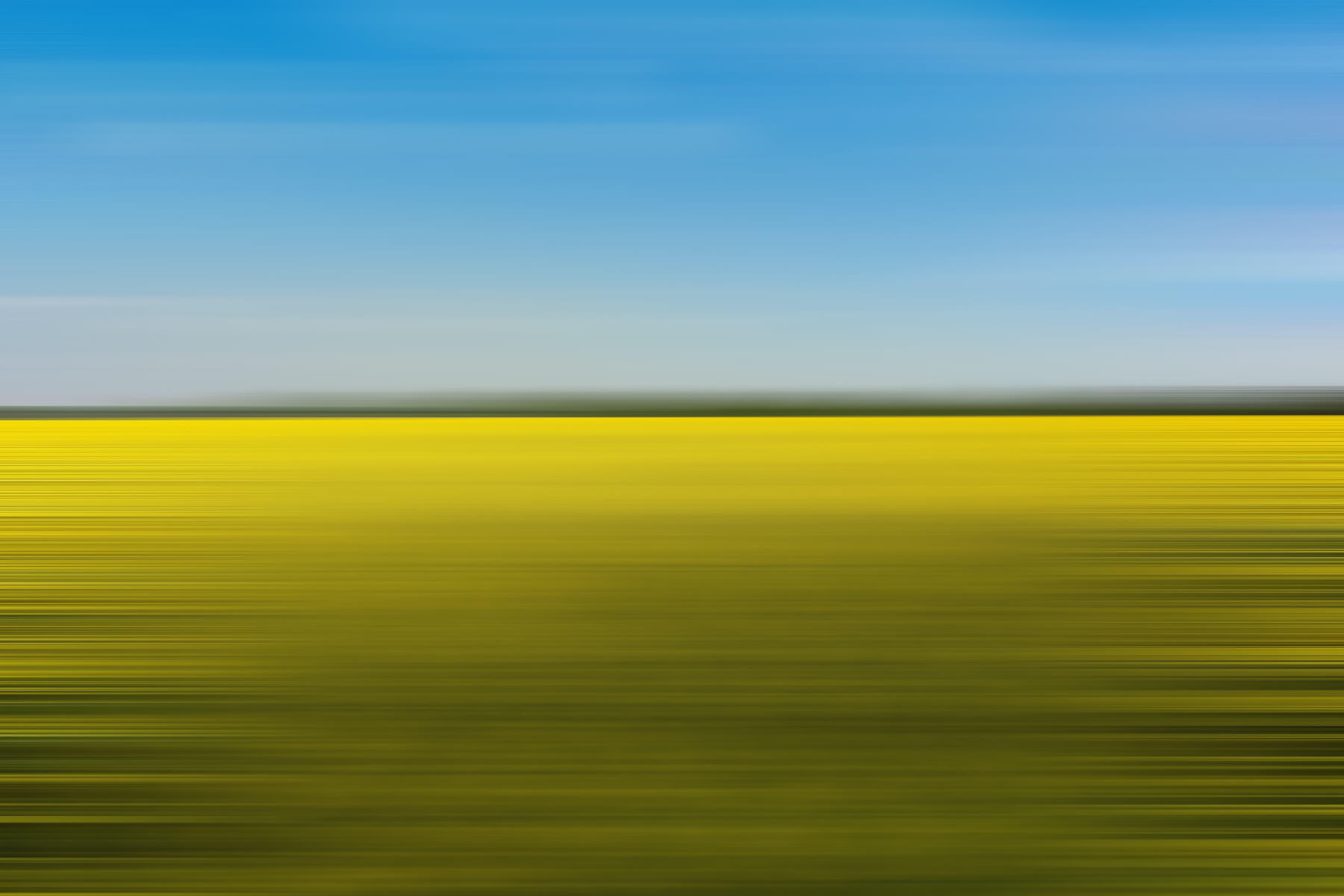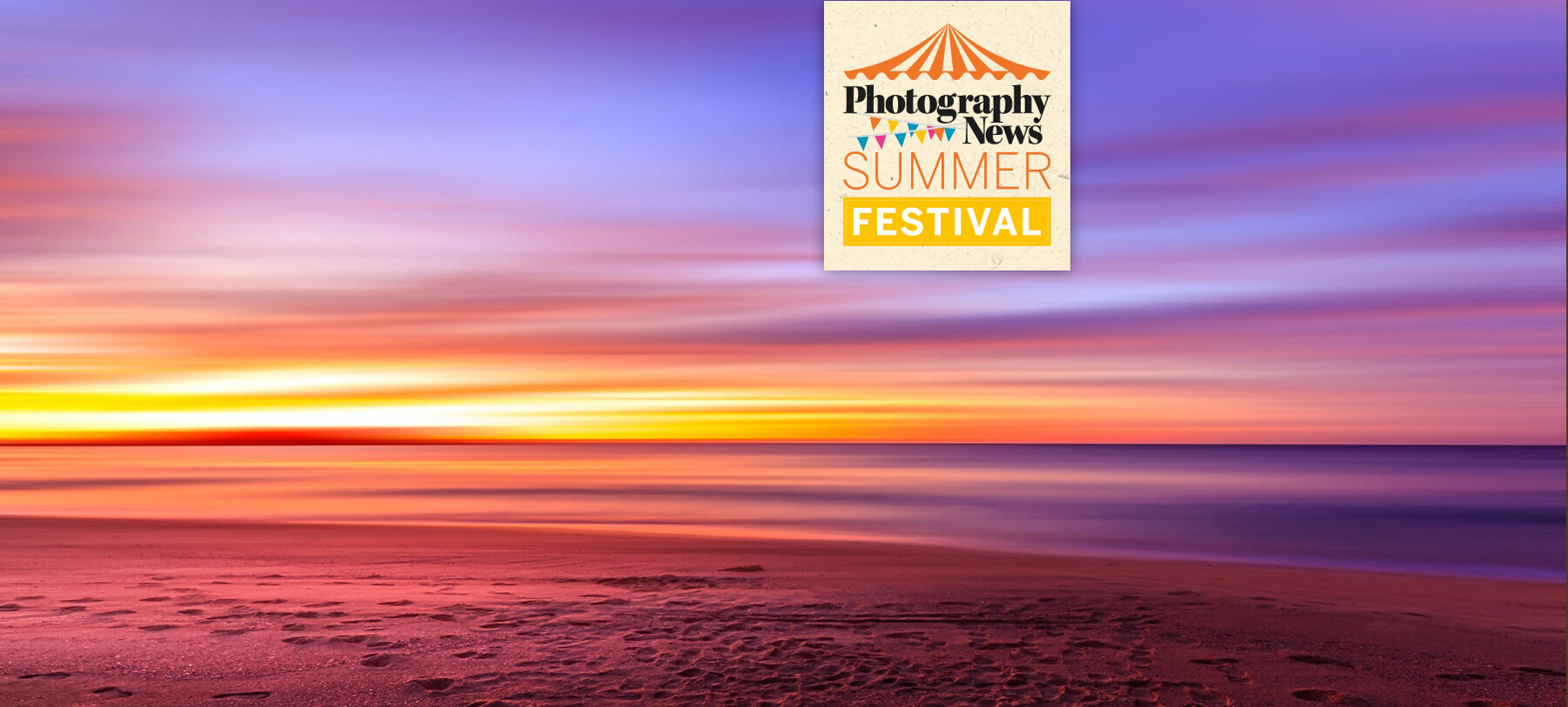
Abstract landscape photography
Posted on Jun 10, 2020 • 6 minute read
If you’re looking to try something new and unique with your landscape photography, try an abstract approach with long exposures.
More often than not, landscape photography is all about a fairly simply depiction of a beautiful natural scene. There’s typically not too much artistic input there, at least not in the same way as more constructed types of photograph. That’s to say a portrait photographer would create the entire look of a studio shoot, for example, whereas a landscape photographer would capture what’s already there with great skill and care.
While that is usually the case, there’s no reason a more creative approach can’t be taken sometimes, offering more abstract results. Abstract landscapes can simply offer something different – they may be good for otherwise less interesting scenes or they may even help you make the most of bad weather. Whatever you use them for, the secret lies in long exposures.
In issue 77 of Photography News, we kicked off our Summer Festival with camera technique, photo kit and video technique features, and in the weeks since, we’ve had many more online. The magazine’s first camera technique feature covered just about everything you need to know about long exposures, so it’s well worth a read. You can access it free and online via our Issue library.
This use of slow shutter speeds in particular is a very simple one, but the results can be fantastic if everything comes together. The goal here is to use a long exposure to capture movement, resulting in some usually unwanted blur. The moving subject itself could be any part of an ordinary landscape – clouds, water, trees, tall grass.
You could just set a long shutter speed and see what you come out with, and this technique is ideal for experimenting, so by all means, give it a try. One of the few things you may wish to consider, though, is composition. The blur can be used as contrast to isolate an object for a very simple, minimalistic frame. This will work even better if it surrounds the object, such as this shot of the iconic Durdle Door, standing against a smooth backdrop of sea and sky.
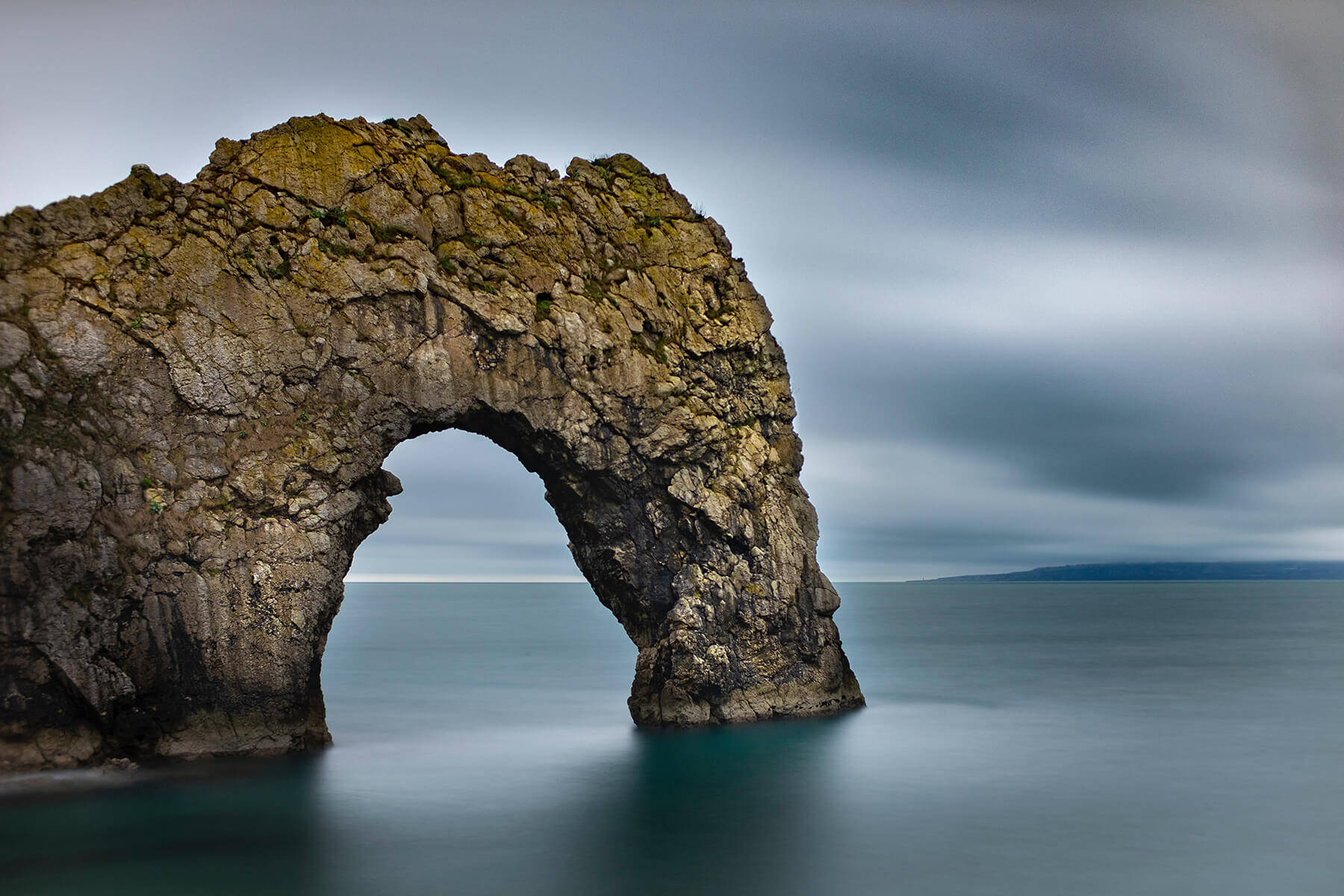
If there aren’t many moving parts in your scene, it may not be abstract landscape photography as such – rather, an ordinary landscape with some movement. That doesn’t mean it isn’t a fantastic choice in many instances, but to get the effect we’re talking about here, try to find a scene that’s predominantly in some sort of motion.
Shutter speed is another important point of consideration. Again, this is a great source of experimentation and results will depend on how quickly the moving parts of your frame are moving. If you’re able to, with the use of a very strong ND filter, don’t be afraid to venture into the realms of 60sec or more! In other circumstances, just a few seconds will be enough.
If you want to get even more abstract, you could try intentional camera movement. We went into ICM in a fair amount of depth in the magazine feature, so you can read all about it there. It works particularly well when panning across simple, blocky compositions that otherwise may not hold a huge amount of interest. You can even try zooming for some really strange results.
Click the images to see a larger view
At the time of writing, we’re still somewhat restricted when it comes to where we can go and what we can shoot due to the coronavirus crisis. Still, as we said, this could be used when photographing an otherwise uninteresting landscape, so see what’s around you and try to make use of it.
If you can’t get out to shoot any new abstract landscapes, you could always experiment with creating some from existing photos with some editing. Naturally, it’s likely your previous landscapes feature a number of focal points, so they may not be ideal candidates, but not to worry. Not every photo you shoot or make is going to be a winner, but you never know what you might produce.
Click the images to see a larger view
In Photoshop, you can replicate the panning ICM effect by clicking Filter > Blur > Motion Blur…, though many editing software options will give you very similar results.
For more Summer Festival content, you can visit our Inspiration section. There’s much to enjoy, from tips for the perfect time-lapse to advice on making the most of your camera’s focusing modes.
As always, you can share your photos and get in touch with us on Instagram, Twitter and Facebook using the handle @photonewspn
Don’t forget to sign up to receive our newsletter below, and get notified about the new issue, exclusive offers and competitions.
Have you heard The Photography News Podcast? Tune in for news, techniques, advice and much more! Click here to listen for free.

